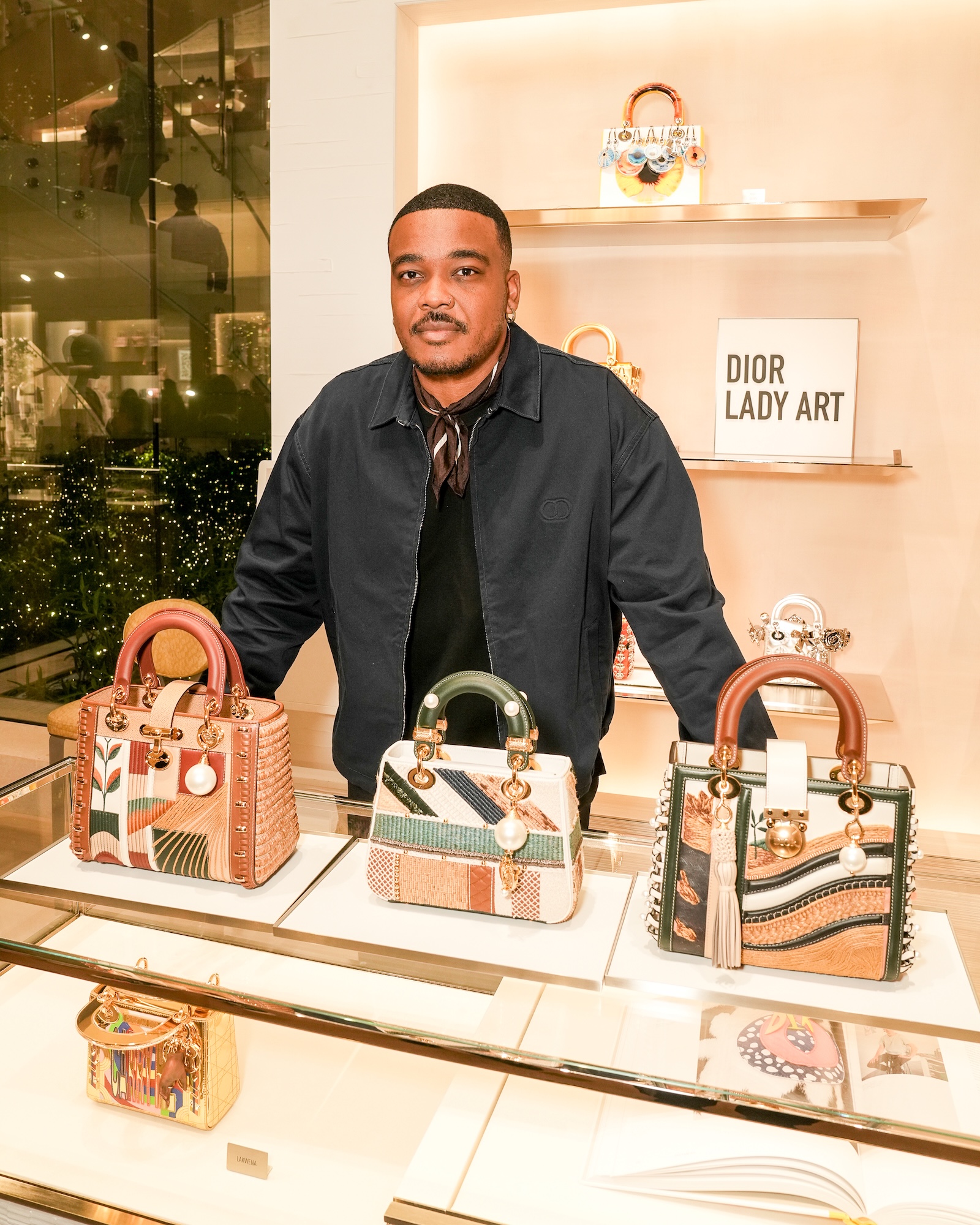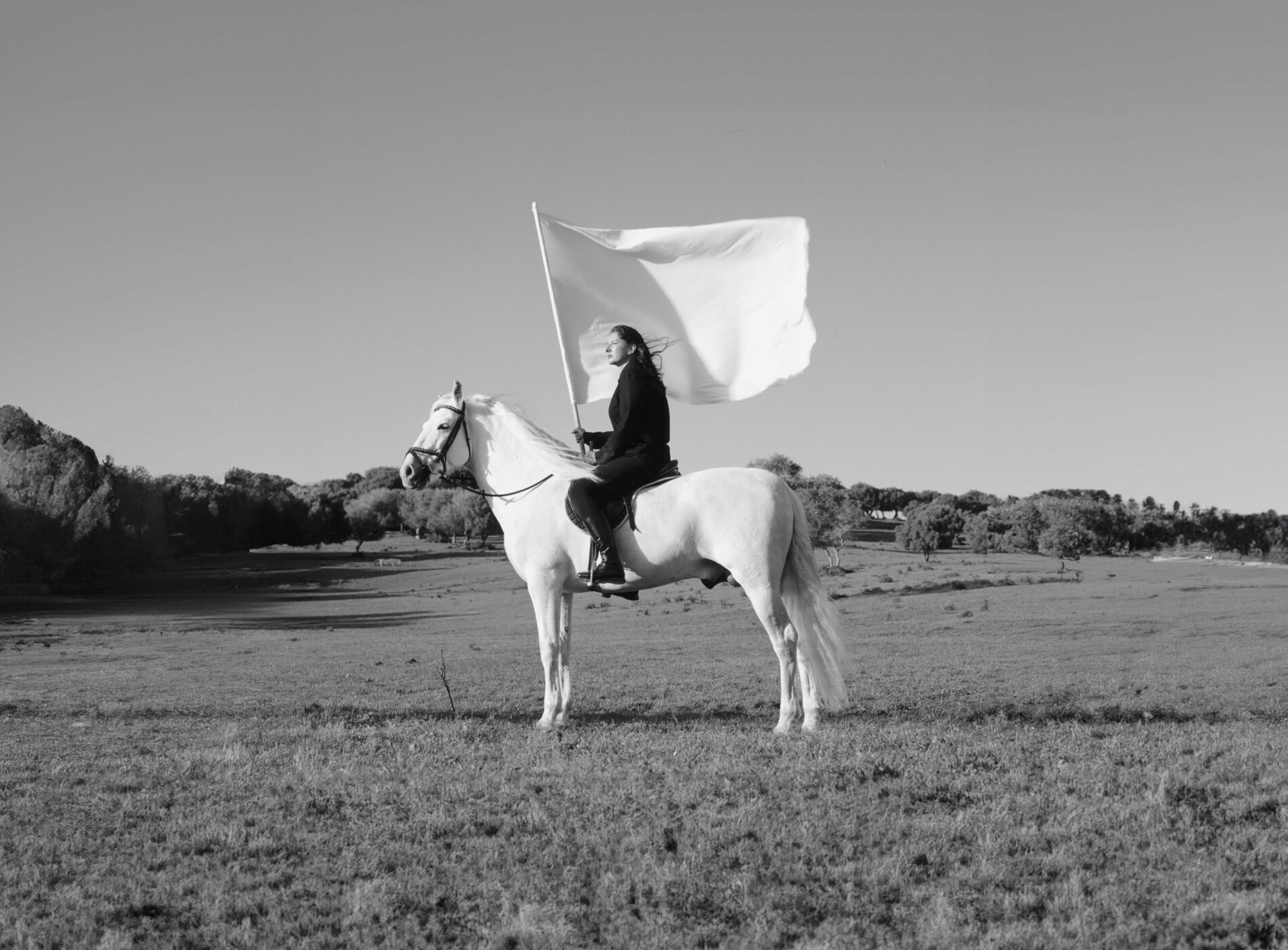The inaugural Exhibit, Mind Body Soul, was the talk of the town at the Lowell Ryan Projects back in January. The show is an masterpiece of masterpieces from the visions of artists Spencer Lewis, Samuel Jablon and Maysha Mohamedi. We got a few words in with these creative contributors to get a better feel for the inspirations and implications of their work.
**Samuel Jablon**


_What about conversations in New York City is transmutable into poetry? Why did you decide on poetry as the best medium for what you received from the city?_
I started off as a poet, and originally moved to NYC for its poetry community. As I transitioned to primarily being a painter poetry was something I didn't want to lose. My poems always felt visual to me, I would walk around the city and write down these snapshots of what I would see. That then transitioned to writing down what I overheard. In NYC I am constantly surrounded by people and advertisements, words fill the public space. I wanted to find a way to use what I was experiencing on a daily basis so I started writing down everything I heard and saw, and used that list to create poems.
_What gives a specific work power in your process, words like “emptiness,” “trouble,” and “ravenous?” What makes a word a work of art?_
I look for words that give a structure or architecture to the painting and also hold up as something that can be read or spoken. I like when the words disappear into the painting and become the armature for the paint. There's also always a bit of an autobiographical narrative to the words, so I'll be writing about things I am experiencing.
_Do you find yourself working visually with a word so much that your mind changes the literal meaning of word? Can a word be separated from its context?_
I'll usually do a series of one text or word in different paintings, and after awhile I really stop thinking about them as words. They become forms and lines. The paintings are very layered and I wipe them down and repaint the text over and over until it feels like there's substance to the letters.
**Maysha Mohamedi**


_How did you discover your sensibility as an artist? Did you immediately identify with your Iran roots and Farsi calligraphy as a means to your vision or did it take time to discover?_
I discovered my artistic sensibility at 10 years old. My mom took me to a remote wholesale plant nursery and as I was walking through the aisles by myself, an invisible, oncoming force seized my neck with what felt like a latticed burning sensation. Around the same time I read a Salvador Dali biography which included an anecdote from his childhood about how he used to lie naked in the sun with cornmeal poured on top of his genitals, allowing the cornmeal to dry and pop in the heat; I didn't understand the implications of why he aimed to generate that particular sensation, but I knew I wanted to live my life in service of creating idiosyncratic worlds that are both visible and invisible, inexplicable, pleasurable and wondrous. Farsi was my first language and backgammon was my first board game, but I identified more with being a California surfer girl while growing up. I've since rediscovered my Persian self and now I am like Scrooge McDuck, joyously flapping around in the sea of riches that is my own cultural heritage.
_What attracts you to tar as an artistic medium? Is it directly related to your writings about interactions with the natural world?_
What attracts me to the tar is that it exists entirely outside of consumerism. Prospecting, collecting and distilling this material for use as paint further imbues each mark with meaning because the entire life cycle of the mark originates from my hand alone. The beach tar is also gorgeous and the richest black color I've ever seen. Black form a tube is notoriously lacking in depth and richness.
_Was your process any different for these two pieces being they were created on site?_
The main difference was painting with an audience. For example, I won't make a mark on the surface unless I am 100% compelled to - which means sometimes I sit in my chair watching the painting for long stretches of time - and I felt a bit self-conscious of this apparent idleness in front of the construction crew who was working tirelessly to finish the gallery.
**Spencer Lewis**


_There seems to be an element of fate in your process, the way you let the elements deteriorate and morph into something new. Was this intentional from the beginning, or was this too a decision left in the hands of fate?_
I guess you could say I’m interested in chance but truthfully I’m interested in errors. The notion that fate could determine my decision making is interesting, I’m not sure I can prove otherwise and I like the idea that I would have no power over how I decide to decide. Specifically for this show Mike asked me to bring some elements from the studio, so it was a collaborative process here. I told him I have no problem making a mess. In the poem by Aaron Fogelthe printers error, there are three type of errors.
"errors by chance,
errors by workers' protest,
and errors by
God's touch" ...
..."are in practice the
same and indistinguishable"
_What refined your interest in simplicity, cardboard or jute textures? Was there separate processes in each slat of cardboard or jute? If so, how did you fit these separate, individual pieces into one work of art?_
I like objects that are rough and shitty because I can abuse them. It is not the objects themselves that are simple rather my ideas. Cardboard and jute are degraded surfaces but of course very beautiful, but they are easy and economical, They are ultimately a character of production. So in this sense they are very direct, straightforward, and cannot be confused in the way canvas can be. In other words they are not obfuscated they are always an object and painting on an object is easier than painting on an illusion. The mystique of the artist is probably inescapable honestly, particularly in a gallery. I make the work in a very frenetic way. And I put pieces together simply by leaning one on the other. I guess I am interested in directness, at times, which is like simplicity
_How do you know when your process has ended?_
Calder said a piece was done when it is time for dinner
 
_What about conversations in New York City is transmutable into poetry? Why did you decide on poetry as the best medium for what you received from the city?_
I started off as a poet, and originally moved to NYC for its poetry community. As I transitioned to primarily being a painter poetry was something I didn't want to lose. My poems always felt visual to me, I would walk around the city and write down these snapshots of what I would see. That then transitioned to writing down what I overheard. In NYC I am constantly surrounded by people and advertisements, words fill the public space. I wanted to find a way to use what I was experiencing on a daily basis so I started writing down everything I heard and saw, and used that list to create poems.
_What gives a specific work power in your process, words like “emptiness,” “trouble,” and “ravenous?” What makes a word a work of art?_
I look for words that give a structure or architecture to the painting and also hold up as something that can be read or spoken. I like when the words disappear into the painting and become the armature for the paint. There's also always a bit of an autobiographical narrative to the words, so I'll be writing about things I am experiencing.
_Do you find yourself working visually with a word so much that your mind changes the literal meaning of word? Can a word be separated from its context?_
I'll usually do a series of one text or word in different paintings, and after awhile I really stop thinking about them as words. They become forms and lines. The paintings are very layered and I wipe them down and repaint the text over and over until it feels like there's substance to the letters.
**Maysha Mohamedi**

_What about conversations in New York City is transmutable into poetry? Why did you decide on poetry as the best medium for what you received from the city?_
I started off as a poet, and originally moved to NYC for its poetry community. As I transitioned to primarily being a painter poetry was something I didn't want to lose. My poems always felt visual to me, I would walk around the city and write down these snapshots of what I would see. That then transitioned to writing down what I overheard. In NYC I am constantly surrounded by people and advertisements, words fill the public space. I wanted to find a way to use what I was experiencing on a daily basis so I started writing down everything I heard and saw, and used that list to create poems.
_What gives a specific work power in your process, words like “emptiness,” “trouble,” and “ravenous?” What makes a word a work of art?_
I look for words that give a structure or architecture to the painting and also hold up as something that can be read or spoken. I like when the words disappear into the painting and become the armature for the paint. There's also always a bit of an autobiographical narrative to the words, so I'll be writing about things I am experiencing.
_Do you find yourself working visually with a word so much that your mind changes the literal meaning of word? Can a word be separated from its context?_
I'll usually do a series of one text or word in different paintings, and after awhile I really stop thinking about them as words. They become forms and lines. The paintings are very layered and I wipe them down and repaint the text over and over until it feels like there's substance to the letters.
**Maysha Mohamedi**
 
_How did you discover your sensibility as an artist? Did you immediately identify with your Iran roots and Farsi calligraphy as a means to your vision or did it take time to discover?_
I discovered my artistic sensibility at 10 years old. My mom took me to a remote wholesale plant nursery and as I was walking through the aisles by myself, an invisible, oncoming force seized my neck with what felt like a latticed burning sensation. Around the same time I read a Salvador Dali biography which included an anecdote from his childhood about how he used to lie naked in the sun with cornmeal poured on top of his genitals, allowing the cornmeal to dry and pop in the heat; I didn't understand the implications of why he aimed to generate that particular sensation, but I knew I wanted to live my life in service of creating idiosyncratic worlds that are both visible and invisible, inexplicable, pleasurable and wondrous. Farsi was my first language and backgammon was my first board game, but I identified more with being a California surfer girl while growing up. I've since rediscovered my Persian self and now I am like Scrooge McDuck, joyously flapping around in the sea of riches that is my own cultural heritage.
_What attracts you to tar as an artistic medium? Is it directly related to your writings about interactions with the natural world?_
What attracts me to the tar is that it exists entirely outside of consumerism. Prospecting, collecting and distilling this material for use as paint further imbues each mark with meaning because the entire life cycle of the mark originates from my hand alone. The beach tar is also gorgeous and the richest black color I've ever seen. Black form a tube is notoriously lacking in depth and richness.
_Was your process any different for these two pieces being they were created on site?_
The main difference was painting with an audience. For example, I won't make a mark on the surface unless I am 100% compelled to - which means sometimes I sit in my chair watching the painting for long stretches of time - and I felt a bit self-conscious of this apparent idleness in front of the construction crew who was working tirelessly to finish the gallery.
**Spencer Lewis**

_How did you discover your sensibility as an artist? Did you immediately identify with your Iran roots and Farsi calligraphy as a means to your vision or did it take time to discover?_
I discovered my artistic sensibility at 10 years old. My mom took me to a remote wholesale plant nursery and as I was walking through the aisles by myself, an invisible, oncoming force seized my neck with what felt like a latticed burning sensation. Around the same time I read a Salvador Dali biography which included an anecdote from his childhood about how he used to lie naked in the sun with cornmeal poured on top of his genitals, allowing the cornmeal to dry and pop in the heat; I didn't understand the implications of why he aimed to generate that particular sensation, but I knew I wanted to live my life in service of creating idiosyncratic worlds that are both visible and invisible, inexplicable, pleasurable and wondrous. Farsi was my first language and backgammon was my first board game, but I identified more with being a California surfer girl while growing up. I've since rediscovered my Persian self and now I am like Scrooge McDuck, joyously flapping around in the sea of riches that is my own cultural heritage.
_What attracts you to tar as an artistic medium? Is it directly related to your writings about interactions with the natural world?_
What attracts me to the tar is that it exists entirely outside of consumerism. Prospecting, collecting and distilling this material for use as paint further imbues each mark with meaning because the entire life cycle of the mark originates from my hand alone. The beach tar is also gorgeous and the richest black color I've ever seen. Black form a tube is notoriously lacking in depth and richness.
_Was your process any different for these two pieces being they were created on site?_
The main difference was painting with an audience. For example, I won't make a mark on the surface unless I am 100% compelled to - which means sometimes I sit in my chair watching the painting for long stretches of time - and I felt a bit self-conscious of this apparent idleness in front of the construction crew who was working tirelessly to finish the gallery.
**Spencer Lewis**
 
_There seems to be an element of fate in your process, the way you let the elements deteriorate and morph into something new. Was this intentional from the beginning, or was this too a decision left in the hands of fate?_
I guess you could say I’m interested in chance but truthfully I’m interested in errors. The notion that fate could determine my decision making is interesting, I’m not sure I can prove otherwise and I like the idea that I would have no power over how I decide to decide. Specifically for this show Mike asked me to bring some elements from the studio, so it was a collaborative process here. I told him I have no problem making a mess. In the poem by Aaron Fogelthe printers error, there are three type of errors.
"errors by chance,
errors by workers' protest,
and errors by
God's touch" ...
..."are in practice the
same and indistinguishable"
_What refined your interest in simplicity, cardboard or jute textures? Was there separate processes in each slat of cardboard or jute? If so, how did you fit these separate, individual pieces into one work of art?_
I like objects that are rough and shitty because I can abuse them. It is not the objects themselves that are simple rather my ideas. Cardboard and jute are degraded surfaces but of course very beautiful, but they are easy and economical, They are ultimately a character of production. So in this sense they are very direct, straightforward, and cannot be confused in the way canvas can be. In other words they are not obfuscated they are always an object and painting on an object is easier than painting on an illusion. The mystique of the artist is probably inescapable honestly, particularly in a gallery. I make the work in a very frenetic way. And I put pieces together simply by leaning one on the other. I guess I am interested in directness, at times, which is like simplicity
_How do you know when your process has ended?_
Calder said a piece was done when it is time for dinner

_There seems to be an element of fate in your process, the way you let the elements deteriorate and morph into something new. Was this intentional from the beginning, or was this too a decision left in the hands of fate?_
I guess you could say I’m interested in chance but truthfully I’m interested in errors. The notion that fate could determine my decision making is interesting, I’m not sure I can prove otherwise and I like the idea that I would have no power over how I decide to decide. Specifically for this show Mike asked me to bring some elements from the studio, so it was a collaborative process here. I told him I have no problem making a mess. In the poem by Aaron Fogelthe printers error, there are three type of errors.
"errors by chance,
errors by workers' protest,
and errors by
God's touch" ...
..."are in practice the
same and indistinguishable"
_What refined your interest in simplicity, cardboard or jute textures? Was there separate processes in each slat of cardboard or jute? If so, how did you fit these separate, individual pieces into one work of art?_
I like objects that are rough and shitty because I can abuse them. It is not the objects themselves that are simple rather my ideas. Cardboard and jute are degraded surfaces but of course very beautiful, but they are easy and economical, They are ultimately a character of production. So in this sense they are very direct, straightforward, and cannot be confused in the way canvas can be. In other words they are not obfuscated they are always an object and painting on an object is easier than painting on an illusion. The mystique of the artist is probably inescapable honestly, particularly in a gallery. I make the work in a very frenetic way. And I put pieces together simply by leaning one on the other. I guess I am interested in directness, at times, which is like simplicity
_How do you know when your process has ended?_
Calder said a piece was done when it is time for dinner

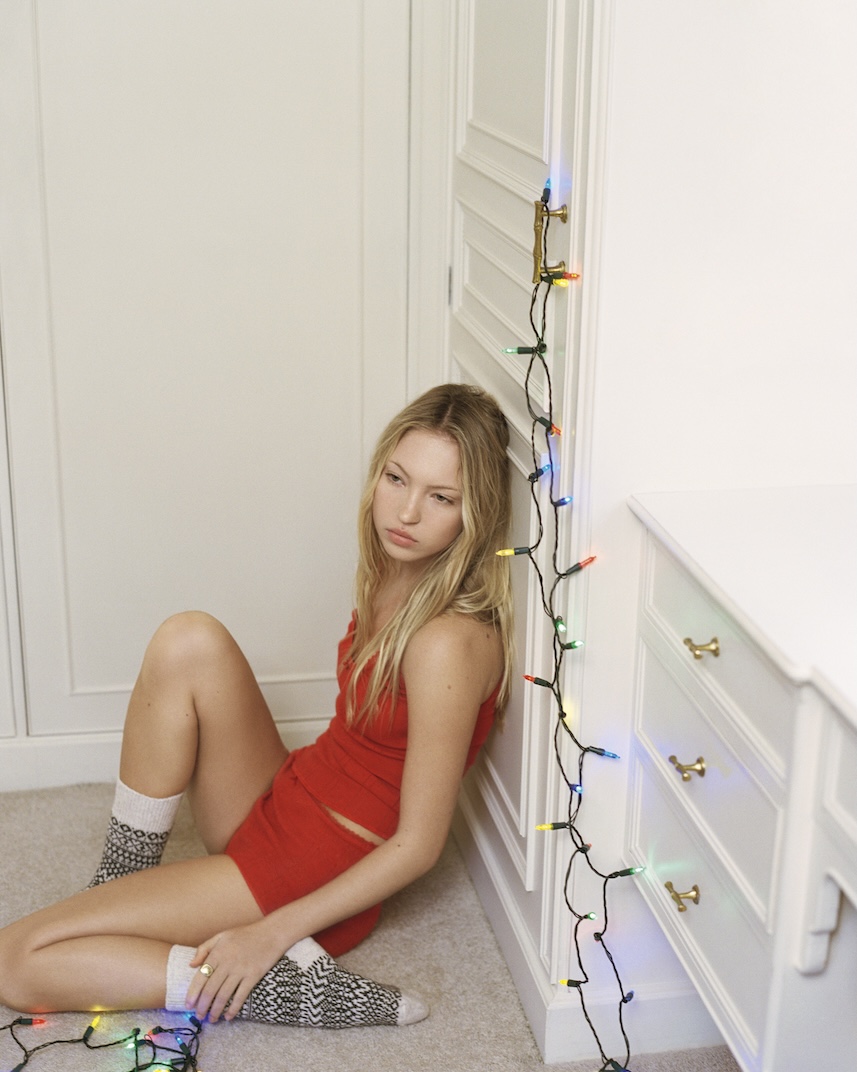
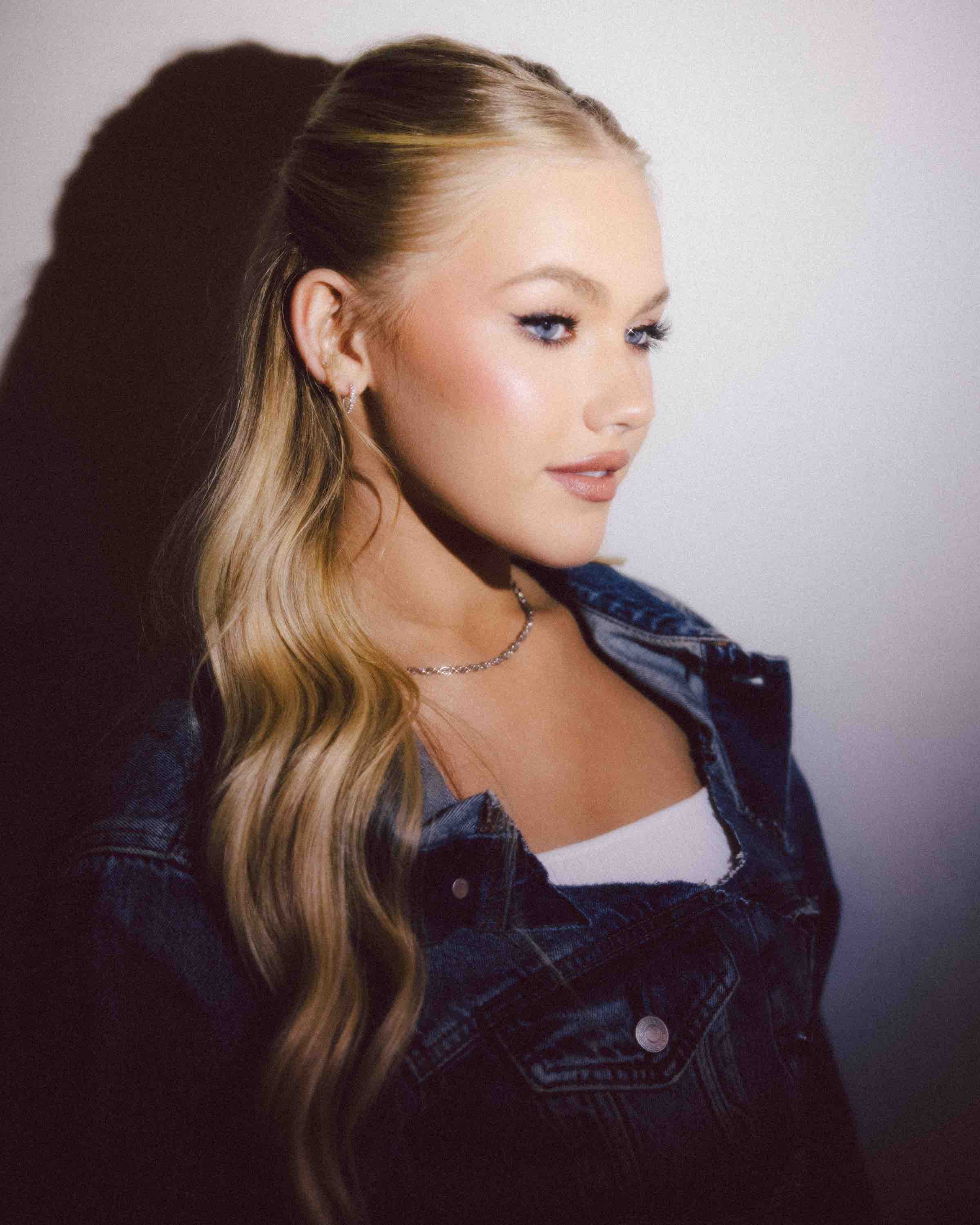
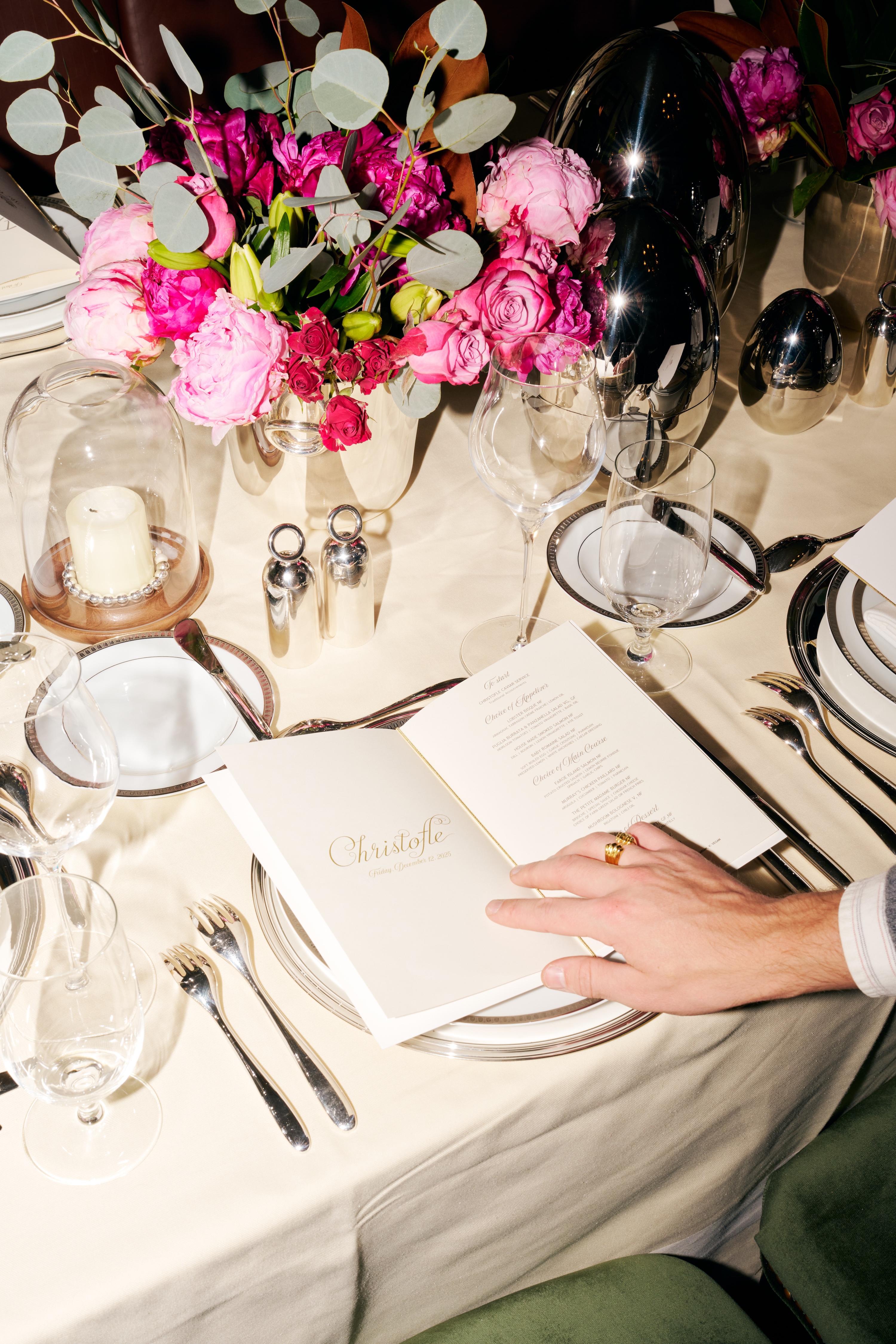

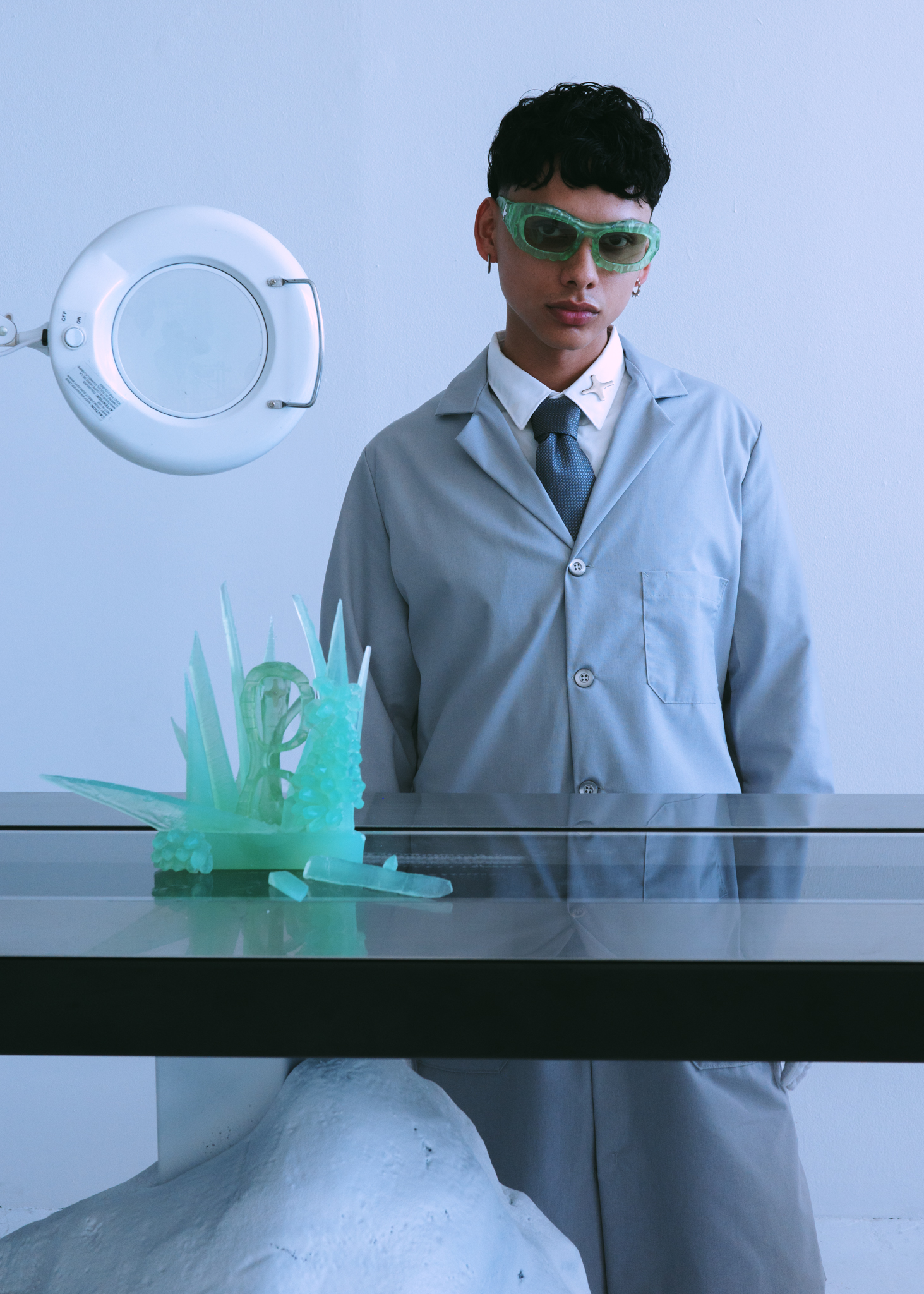
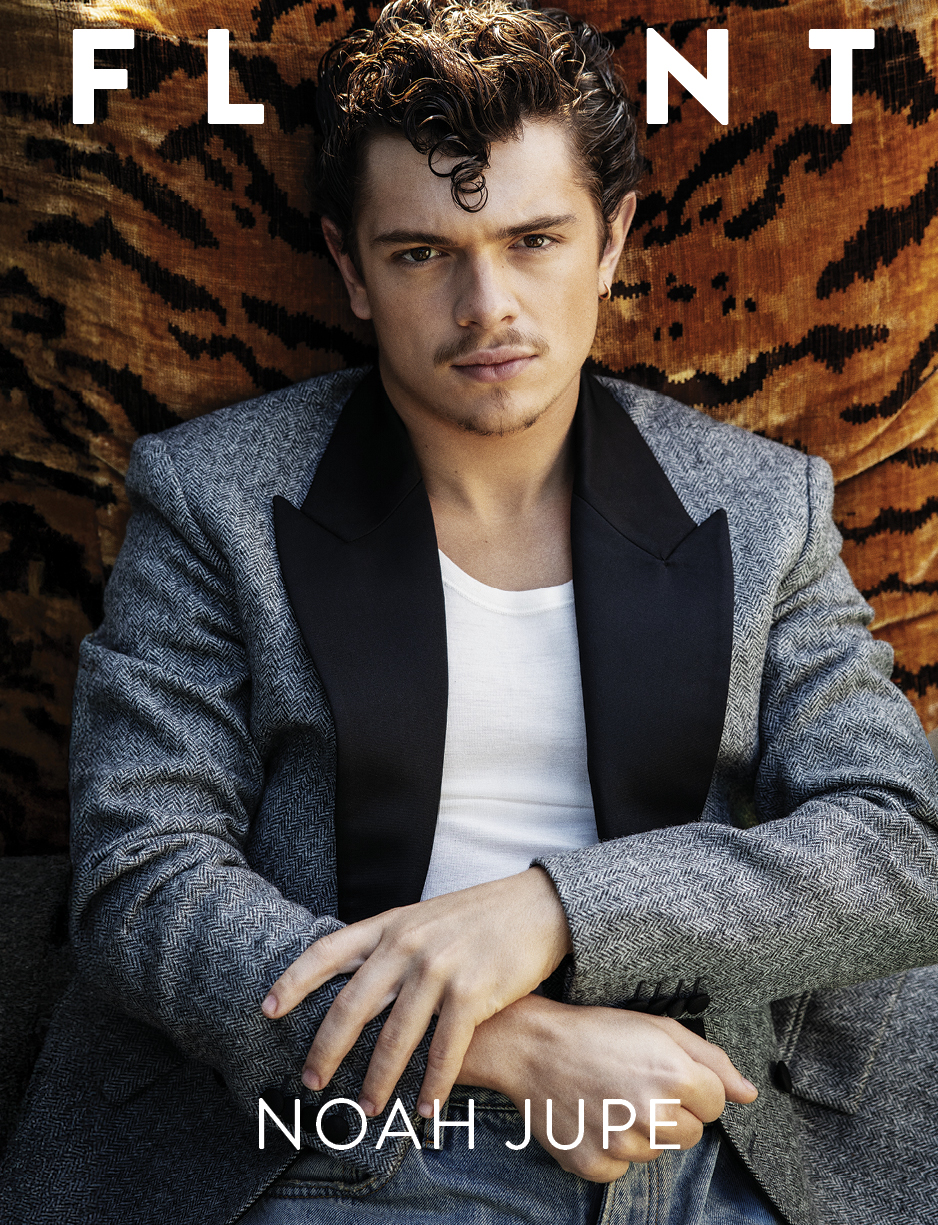
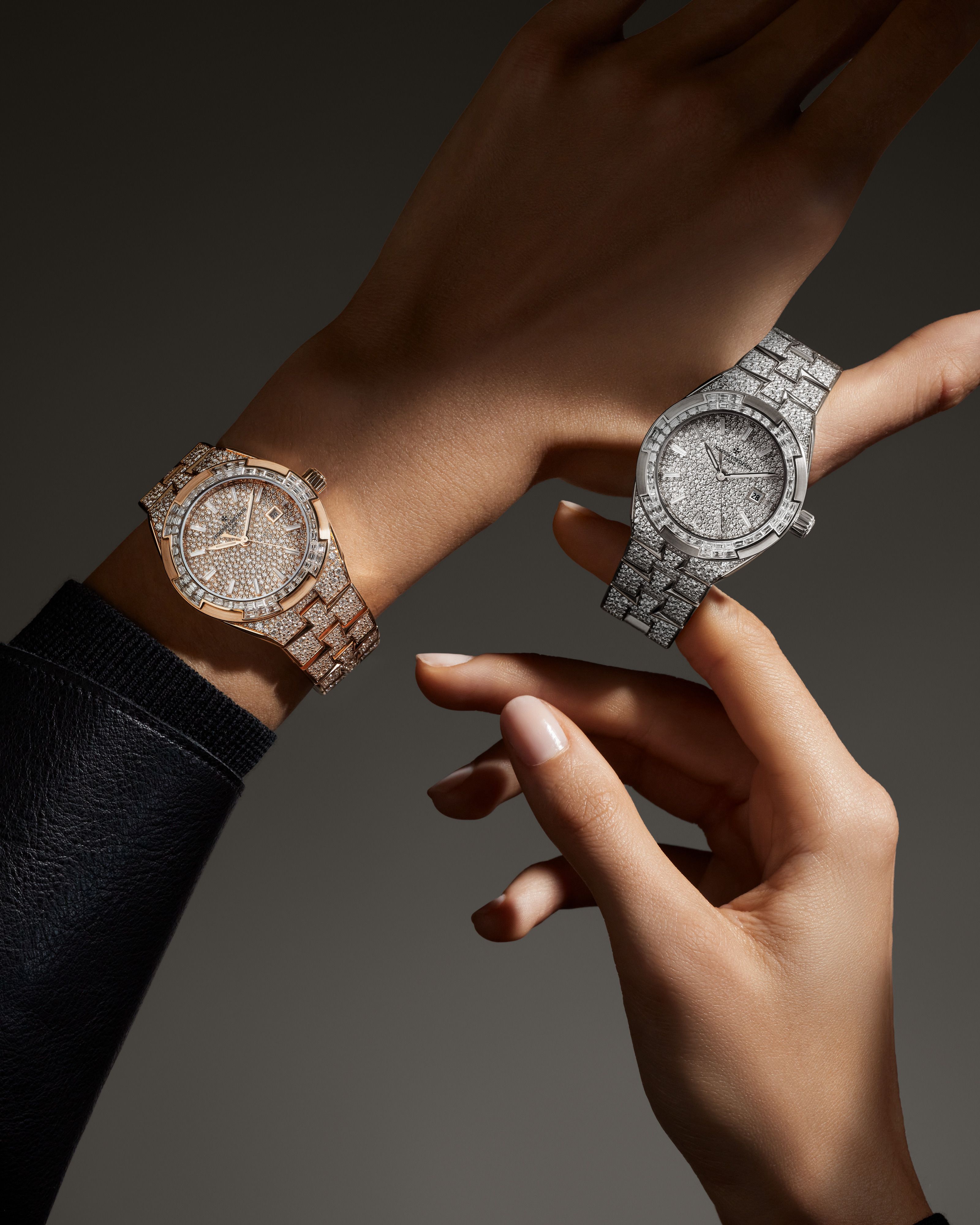

.JPG)
.jpg)
